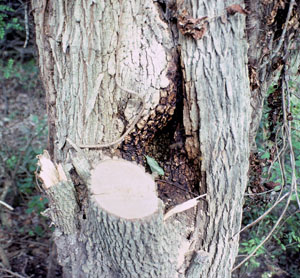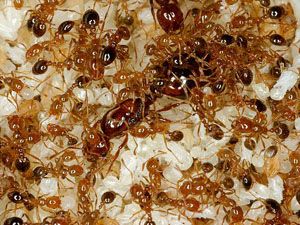Insects
Crawling and flying insects are a reliable source of protein and even a delicacy among many different cultures of the world. Although there is scant archeological evidence of this part of the native diet in south Texas, there are several accounts by explorers commenting on the consumption of grubs and bugs. The Spanish explorer Cabeza de Vaca, who lived among several native groups in south Texas in the early 1500s, wrote in his account (La Relación) that although they killed deer and fish, “their hunger is so great that they eat spiders and ant eggs and worms…and the dung of deer, and I believe truthfully that if in that land there were rocks, they would eat them.”
By some accounts, coastal groups placed meat and fish out in the open to attract flies and larvae, which were eaten along with the flesh. Other insects, such as grasshoppers and crickets likely were eaten, based on evidence from ancient coprolites (preserved human feces) from dry caves in the adjacent Lower Pecos canyons.

A beehive in an anaqua tree in Jim Wells county. Honey produced by the industrious bees may have introduced a welcome sweetness to the regular diet. |
